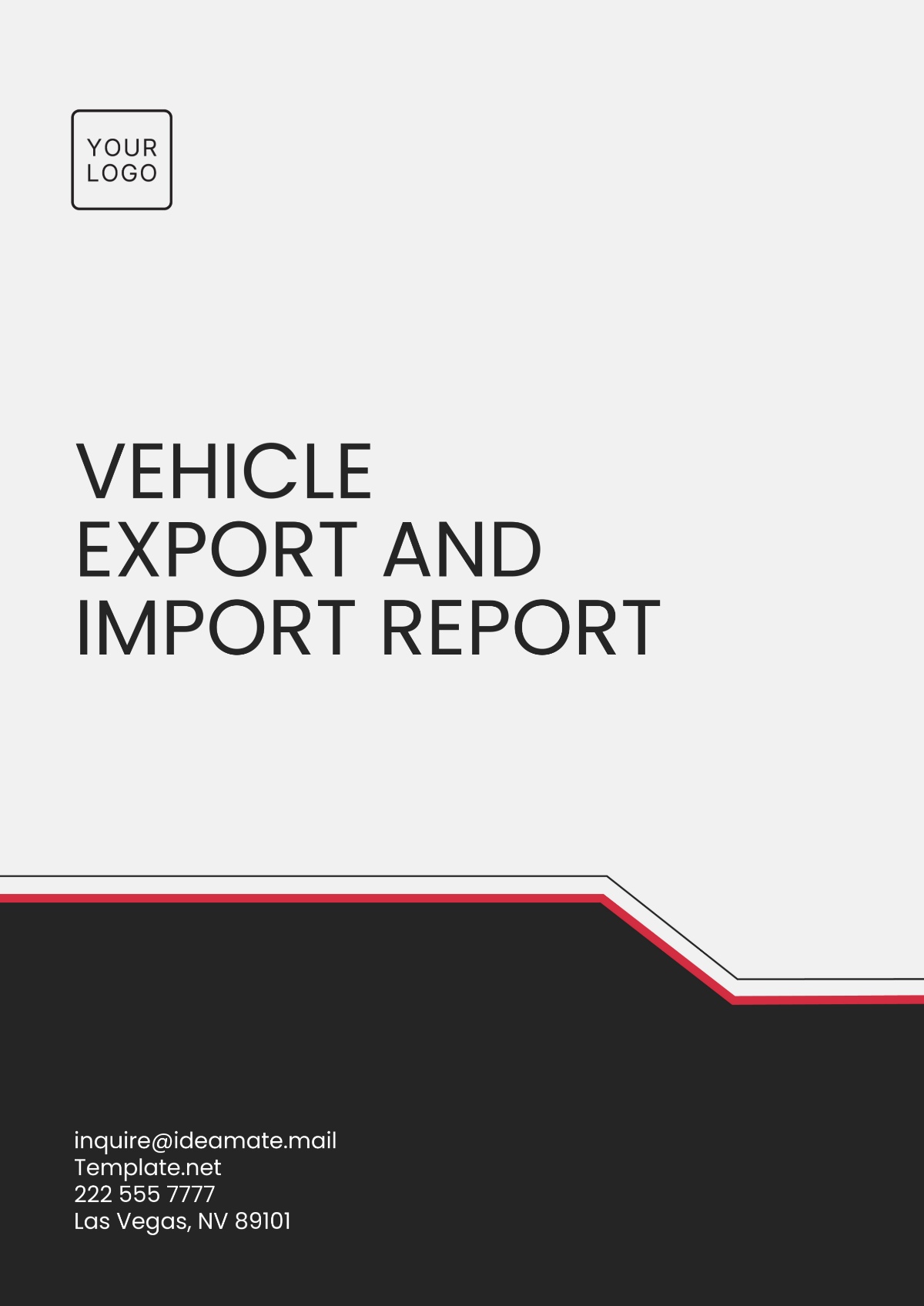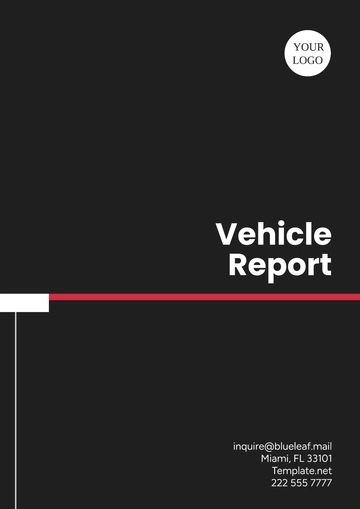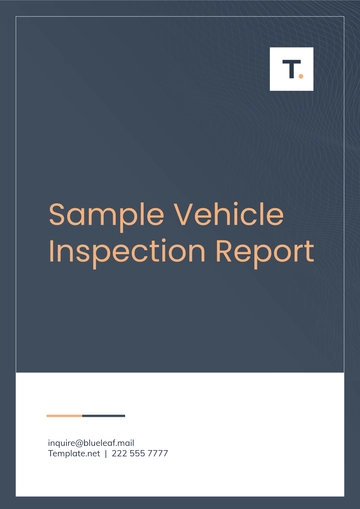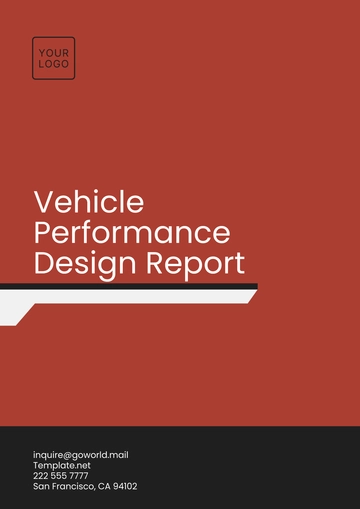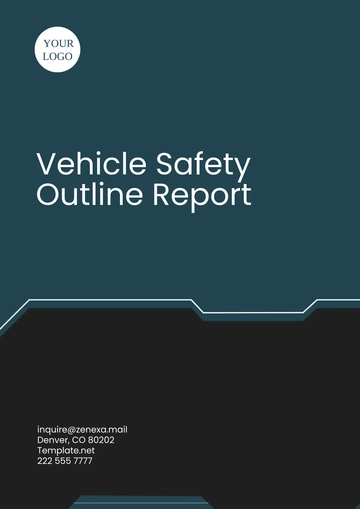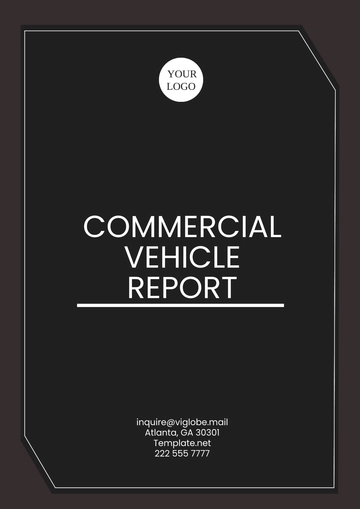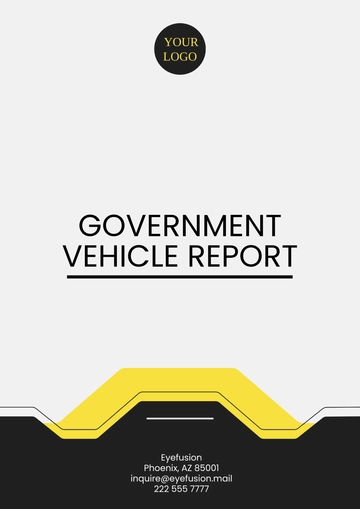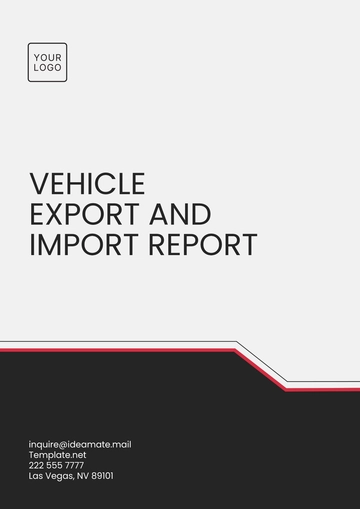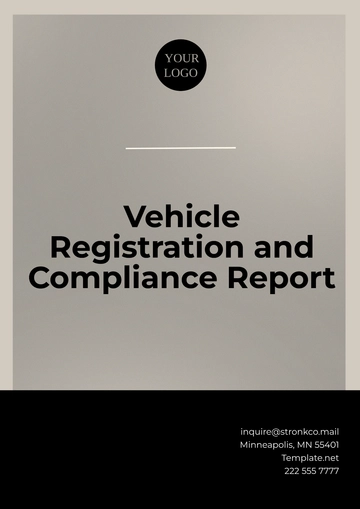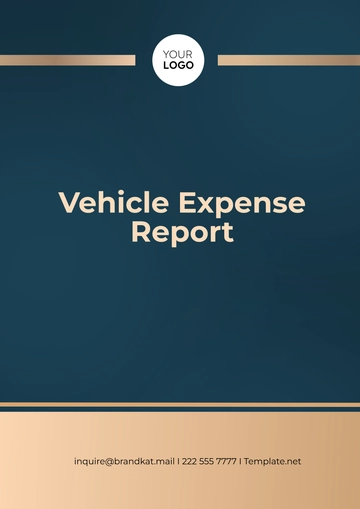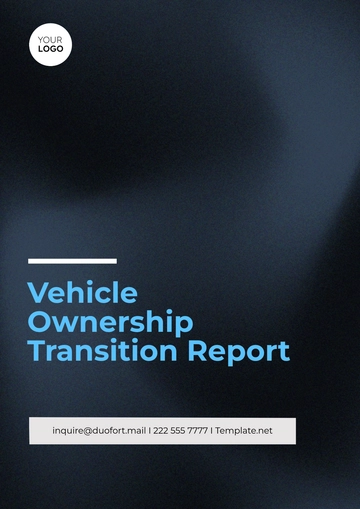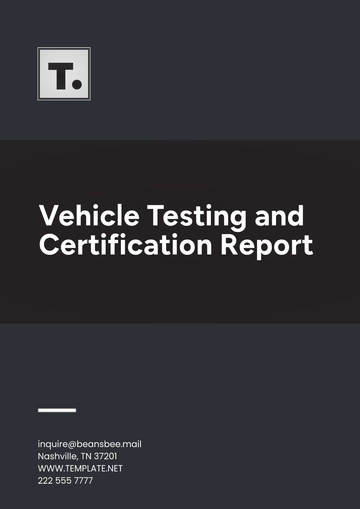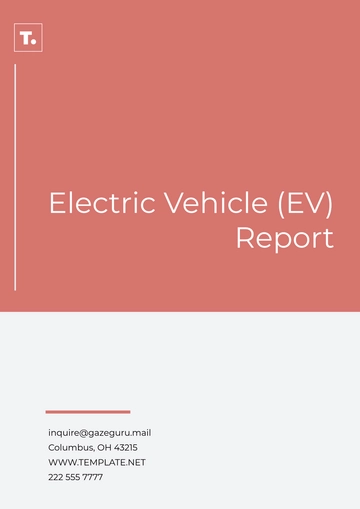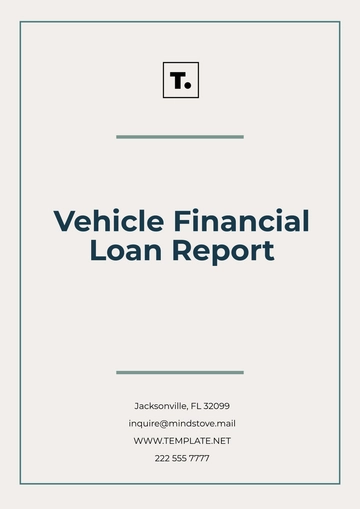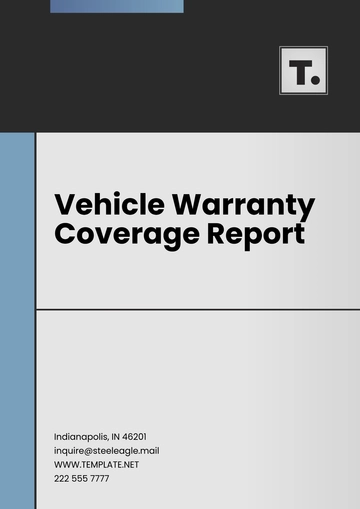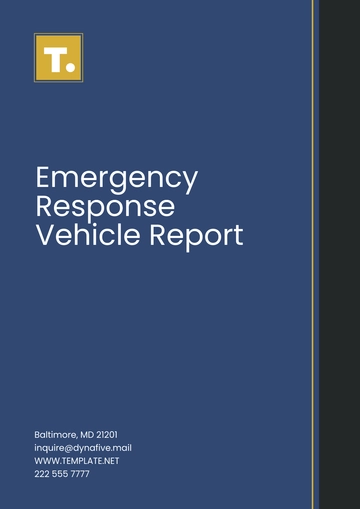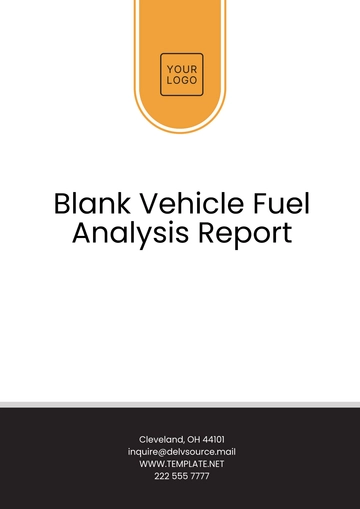Vehicle Export and Import Report
Prepared by: [Your Name]
Company: [Your Company Name]
Date: [Date]
1. Introduction
This report provides a comprehensive analysis of the vehicle export and import market, focusing on the period from 2050 to 2054. The data covers key regions involved in global trade, examining export/import volumes, trade balances, and trends in vehicle types, including electric and autonomous vehicles. The global vehicle market has seen dramatic shifts due to technological advancements, environmental policies, and evolving consumer preferences.
2. Market Overview
The global vehicle market has evolved significantly over the past few years, influenced by major factors such as the widespread adoption of electric vehicles (EVs), stricter emissions standards, and the rise of autonomous vehicles. Additionally, the economic shift towards sustainability has driven new market dynamics.
Global Market Trends:
Rise of Electric Vehicles (EVs): Over 50% of global vehicle exports in 2054 were electric, up from just 30% in 2050.
Autonomous Vehicles: Increased exports of autonomous vehicles, particularly in high-demand markets like North America and Europe.
Trade Shifts: Significant shifts in vehicle trade routes, with Asia emerging as both a major exporter and importer of vehicles due to its increasing technological investments.
3. Export Data
This section provides detailed statistics on vehicle exports for the period from 2050 to 2054.
Top Destinations:
United States – 2.1 million vehicles received
India – 1.4 million vehicles received
Brazil – 850,000 vehicles received
Vehicle Types Exported:
Electric Vehicles (EVs): 3 million units (40% of total exports)
Autonomous Vehicles: 1.5 million units (20% of total exports)
Internal Combustion Engine (ICE) Vehicles: 3 million units (40% of total exports)
4. Import Data
This section presents data on vehicles imported into major markets during the reporting period.
Top Sources of Imports:
Germany – 1.4 million vehicles exported
China – 1.2 million vehicles exported
South Korea – 900,000 vehicles exported
Vehicle Types Imported:
Electric Vehicles (EVs): 3.2 million units (40% of total imports)
Autonomous Vehicles: 1.3 million units (16% of total imports)
Internal Combustion Engine (ICE) Vehicles: 3.5 million units (44% of total imports)
5. Trade Balance
The trade balance is calculated by comparing exports and imports over the reporting period.
6. Regulations and Compliance
The vehicle export and import process is heavily influenced by environmental and safety regulations worldwide.
Customs Duties: Global tariffs on vehicle exports/imports have generally remained stable. However, new tariffs were introduced between China and India in 2052, affecting trade volumes between these two countries.
Safety and Emission Standards: By 2054, most developed nations have adopted the Euro 7 emission standards for new vehicles, and the United States has implemented stricter safety standards for autonomous vehicles.
Environmental Regulations: The Paris Agreement has led to stricter emissions controls, with many countries mandating zero-emission vehicles (ZEVs) by 2055.
7. Challenges and Opportunities
A. Challenges
Global Supply Chain Disruptions: The 2052 supply chain crisis impacted the availability of key vehicle components, leading to delays in vehicle exports and imports.
Increasing Tariffs: Ongoing trade disputes between China and the United States have raised the cost of vehicle imports and exports in certain regions.
Environmental Regulations: The push for zero-emission vehicles has led to challenges for traditional manufacturers, particularly in developing countries.
B. Opportunities
Growth of Electric Vehicle Trade: The global shift towards electric vehicles presents significant export opportunities, especially for countries investing heavily in EV infrastructure like Germany, South Korea, and China.
Expansion of Autonomous Vehicle Trade: As autonomous vehicle technology matures, there is potential for high-volume exports from tech-leading countries such as the United States and Germany.
Emerging Markets: Developing economies, such as India, Brazil, and parts of Africa, represent significant untapped markets for affordable and sustainable vehicles.
8. Conclusion
The vehicle export and import landscape between 2050 and 2054 reflects dramatic shifts toward sustainable technologies, including electric and autonomous vehicles. As demand for these vehicles rises globally, countries investing in green technologies and vehicle innovations are well-positioned to dominate the future vehicle trade market. Furthermore, while challenges remain, such as trade tensions and supply chain disruptions, new opportunities abound in emerging markets and the growing demand for electric and autonomous vehicles.
Report Templates @ Template.net
